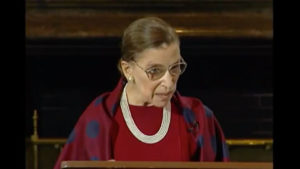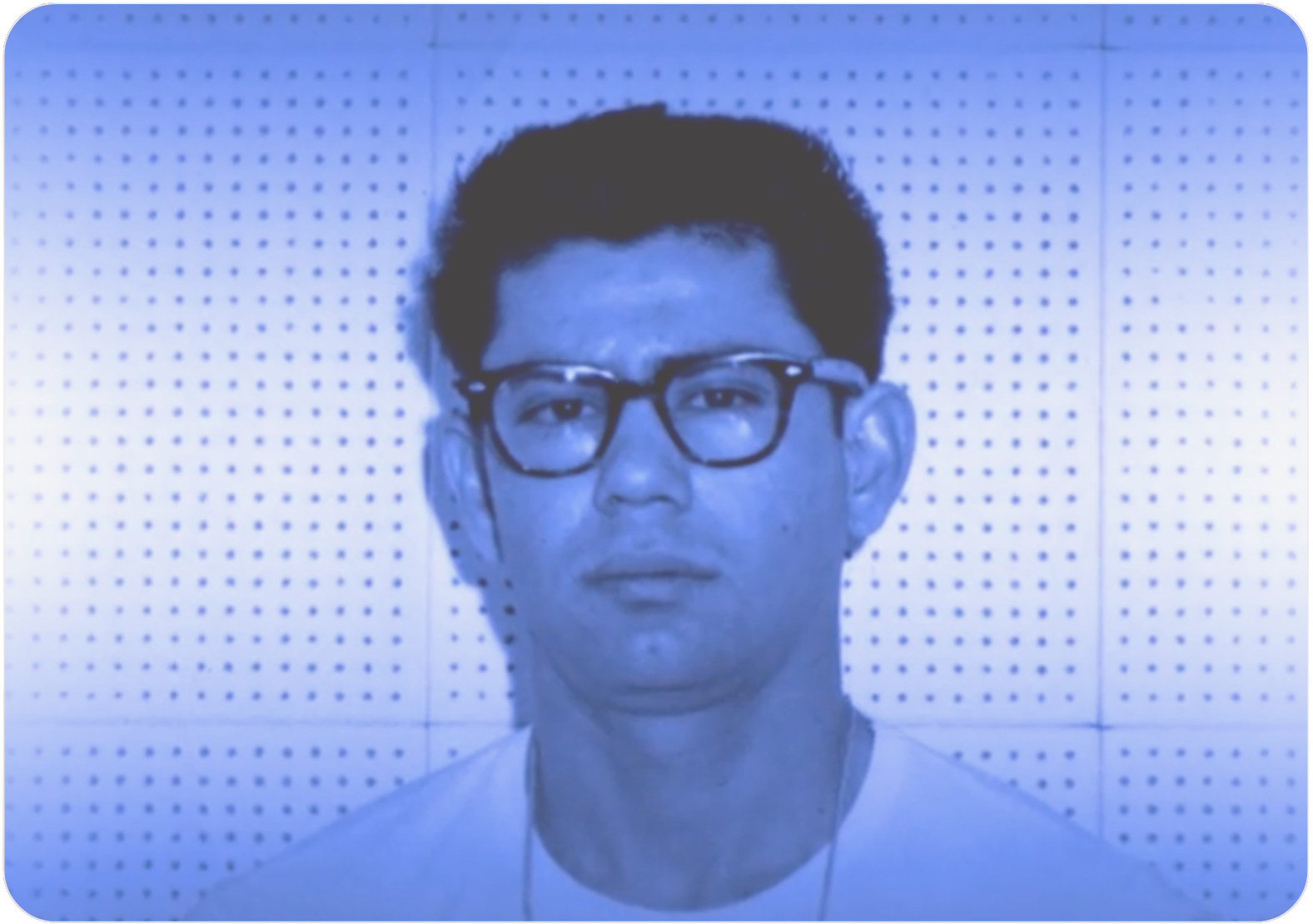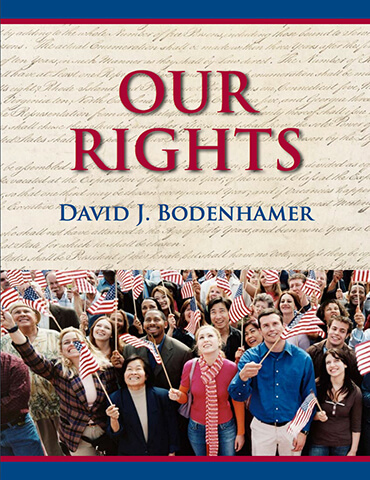Incorporating three integral constitutional tenets – due process, equal protection, and privileges and immunities – the 14th Amendment was originally intended to secure rights for former slaves, but over the years, it has been expanded to protect all people. Justice Ginsburg discusses with students its importance.
An Independent Judiciary: Cherokee Nation v. Georgia and Cooper v. Aaron
This documentary, featuring Justice Stephen G. Breyer and leading constitutional scholars, chronicles two key moments that defined our understanding of the role of the judiciary: Cherokee Nation v. Georgia and Cooper v. Aaron.
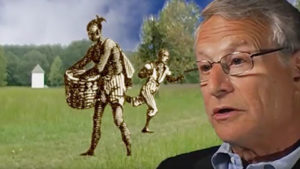
Right to Remain Silent: Miranda v. Arizona
This documentary explores the landmark Supreme Court decision Miranda v. Arizona that said criminal suspects, at the time of their arrest but before any interrogation, must be told of their Fifth Amendment protection against self-incrimination and Sixth Amendment right to an attorney.
Legislative Process: How a Bill Becomes a Federal Law
Sen. Dianne Feinstein (D., Calif.) and Rep. Pete Sessions (R., Texas) explain the complex process of turning a bill into federal law in discussions with high school students.
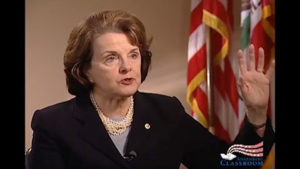
Presidential Signing Statements
Four short videos explain the significance of presidential signing statements: Separation of Powers, Non-Enforcement, the Unitary Theory and the President’s Intent. Hosted by Gwen Ifill, senior correspondent for The NewsHour with Jim Lehrer.
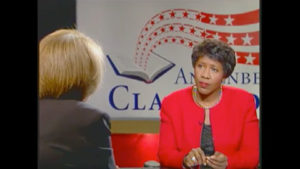
One School’s Fight: The Making of a Law
This documentary tells the story of a tiny school in Yosemite National Park that tries to solve its funding problem by getting a bill passed in Congress and, in the process, learns many lessons about how federal laws are made.
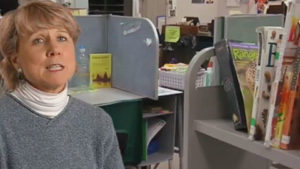
One Person, One Vote: Baker v. Carr and Reynolds v. Sims
In this documentary, Justices Sandra Day O’Connor and Stephen G. Breyer and other experts discuss how the principle of one person, one vote emerged from a series of landmark decisions in the 1960s, including Baker v. Carr and Reynolds v. Sims.
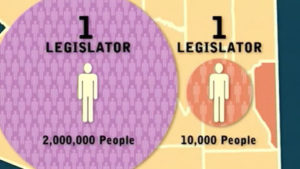
Korematsu and Civil Liberties
This documentary explores the landmark case Korematsu v. U.S. (1944) concerning the constitutionality of presidential executive order 9066 during World War II that gave the U.S. military the power to ban thousands of American citizens of Japanese ancestry from areas considered important to national security.
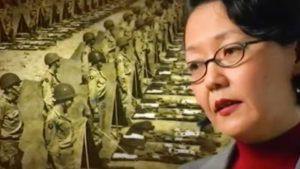
A Conversation on the Constitution with Justices Stephen Breyer, Anthony Kennedy and Sandra Day O’Connor: Jury Service
Justices Stephen G. Breyer, Sandra Day O’Connor and Anthony M. Kennedy discuss the history and responsibilities of juries and the role they play in the U.S. judicial system.
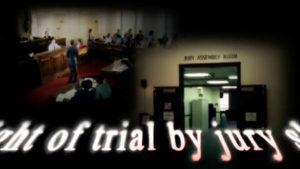
Jury Selection: Edmonson v. Leesville Concrete Company
This documentary tells how an African American construction worker’s personal-injury lawsuit against his employer evolved into a landmark jury selection case Edmonson v. Leesville Concrete Co. on the Sixth Amendment right to an impartial jury.
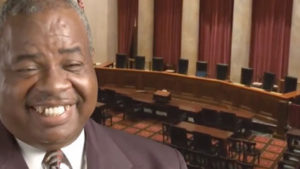
A Conversation on the Constitution with Justices Stephen Breyer, Anthony Kennedy and Sandra Day O’Connor: The Importance of the Japanese Internment Cases
After the attack on Pearl Harbor, the U.S. government sent people of Japanese ancestry to internment camps. The U.S. Supreme Court upheld the government’s right to restrict the liberty of these citizens and noncitizens in two cases: Korematsu v. U.S. and Hirabayashi v. U.S.
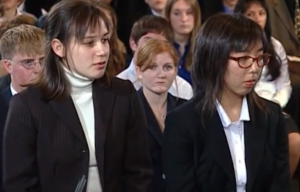
FAQs: Juries
Eleven short videos feature constitutional experts, lawyers and judges who discuss juries and jury service, including the American and English histories, the types of juries, how a trial works, and the perspective from the judge, defense and prosecution.
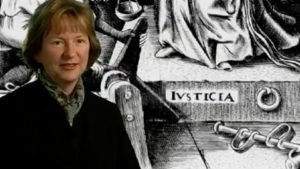
Executive Branch: What Does a Mayor Do?
The video What Does a Mayor Do? explores the role and responsibilities of mayors in the United States. High school students interview the mayors of Orlando, Fla., and Houston, Texas, about their duties and follow them as they attend community events and preside over public meetings.
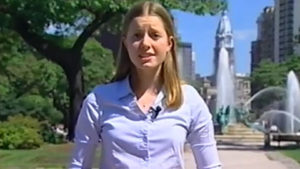
A Conversation on the Constitution with Justices Stephen Breyer, Anthony Kennedy and Sandra Day O’Connor: The Right to Trial by an Impartial Jury
Justices O’Connor, Breyer and Kennedy discuss the Sixth Amendment right to trial by an impartial jury in the context of Edmonson v. Leesville Concrete Co.
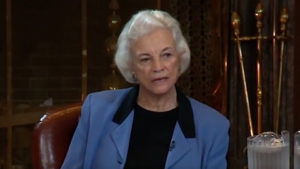
A Call to Act: Ledbetter v. Goodyear Tire and Rubber Co.
This documentary tells the story of Lilly Ledbetter and her U.S. Supreme Court case Ledbetter v. Goodyear Tire and Rubber Co.. Ledbetter’s fight for equal pay for equal work eventually involved all three branches of government and resulted in the Lilly Ledbetter Fair Pay Act of 2009.

A Conversation on the Constitution with Justice Sandra Day O’Connor: Search and Seizure
Supreme Court Justice Sandra Day O’Connor and a group of high school students discuss the Fourth Amendment right against unreasonable search and seizure in the context of the landmark U.S. Supreme Court case Mapp v. Ohio.
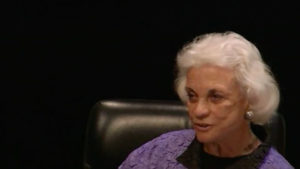
A Conversation on the Constitution with Justice Stephen Breyer: Ledbetter v. Goodyear Tire and Rubber Co.
Justice Breyer and a group of high school students discuss separation of powers in connection with pay discrimination case Ledbetter v. Goodyear Tire and Rubber Co. that resulted in a 2009 law called the Lilly Ledbetter Fair Pay Act.

A Conversation on the Constitution with Justices Stephen Breyer and Antonin Scalia: Judicial Interpretation
Justices Breyer and Scalia debate their different theories on how to interpret the Constitution and how they are applied to cases before the U.S. Supreme Court.
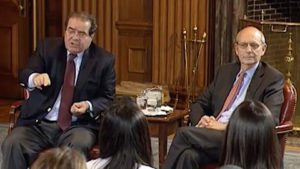
A Conversation on the Constitution with Justices Stephen Breyer, Anthony Kennedy and Sandra Day O’Connor: Freedom of Speech
Justices Breyer, Kennedy and O’Connor and students discuss students’ free speech rights in the U.S. Supreme Court cases Tinker v. Des Moines Independent Community School District and Morse v. Frederick.
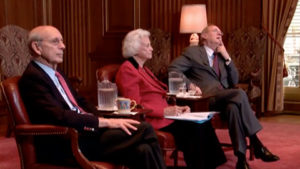
Nineteenth Amendment (1920)
Throughout the nineteenth century, most women were excluded from voting and holding elective office. Beginning in 1848, women organize a suffrage movement to win the right to vote.
Our Rights
This book uses historical case studies to explore the rights in the Constitution. Supreme Court cases are used to demonstrate how a right received its modern interpretation, how the right applies today, and how courts and other interpreters seek to balance this right with important societal concerns such as public safety.
Websites and Text Credits
American Bar Association (ABA), Division for Public Education- www.abanet.org/publiced – The mission of the ABA Division for Public Education is to promote public understanding of law and its role in society.
Further Reading
This resource provides a bibliography for those interested in learning more about individual and collective rights in the United States.
Timeline
1215- English barons force King John to sign the Magna Carta (Great Charter) to guarantee their rights and privileges and to acknowledge that the monarch’s power is not absolute.
Appendix: The Bill of Rights
During the debates on the adoption of the Constitution, opponents (Anti-Federalists) charged that the proposed document gave too much power to the central government and not enough protection to individual rights. They demanded a “bill of rights,” and several state ratifying conventions asked for amendments to the Constitution.
